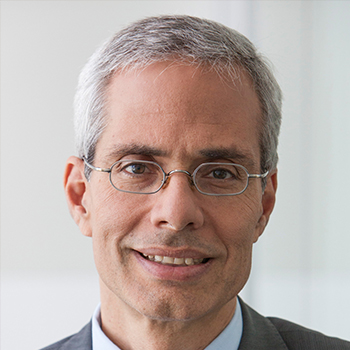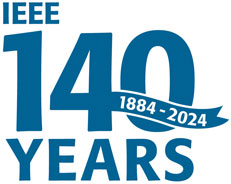
Panelist at the Welcome Celebration at the Georgia Aquarium and Recipient of the 2023 IEEE Dennis J. Picard Medal for Radar Technologies and Applications
Alberto Moreira is a pioneer in the field of microwave systems, techniques, and technologies, with particular emphasis on spaceborne synthetic aperture radar (SAR) for Earth monitoring. The concepts and technologies he developed have pushed the envelope of SAR systems for decades. Since 2001, he has directed the German Aerospace Center’s Microwaves and Radar Institute. In his time there, Moreira has focused the Institute’s considerable powers on innovative SAR missions that provide the data essential to addressing grand societal challenges like climate change, environmental monitoring, and sustainable development. Space-based SAR technology provides high-resolution imagery of the Earth’s surface on a global scale, regardless of weather conditions and sunlight illumination. This makes SAR satellites essential to addressing planetary-scale societal and environmental problems.
One of Moreira’s major accomplishments is the radar satellite mission TanDEM-X, of which he was the initiator and principal investigator. TanDEM-X is the first bistatic spaceborne SAR system consisting of two satellites flying in close formation—as little as 120 meters apart—a new mission concept for interferometric radar made possible by Moreira’s algorithms and inventions. TanDEM-X generated the first 3D global map of the Earth’s surface at 2-meter height accuracy and this exquisitely detailed map is now the standard for geoscientific, remote sensing, topographical, and commercial applications.
Moreira is currently applying the same degree of dedication and sophistication to future radar satellite missions that would go beyond a digital topographic map and aim to deliver tomographic reconstruction of vegetation canopies and ice volumes, as well as data on surface deformation and change. Moreira initiated the concept and was the principal investigator on a 5-year, large-scale scientific research program to define the science requirements for such tomographic missions. With each satellite operating in a bi- or multistatic configuration, with a wide imaging swath measured at full resolution and polarimetry using scan-on-receive techniques and technologies, this complex and ambitious program could literally change the face of Earth science if realized under Moreira’s visionary leadership.
An IEEE Fellow, Moreira is the director of the German Aerospace Center Microwaves and Radar Institute, Oberpfaffenhofen, Bavaria, Germany.


